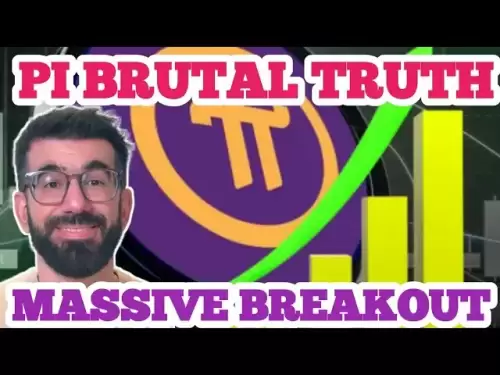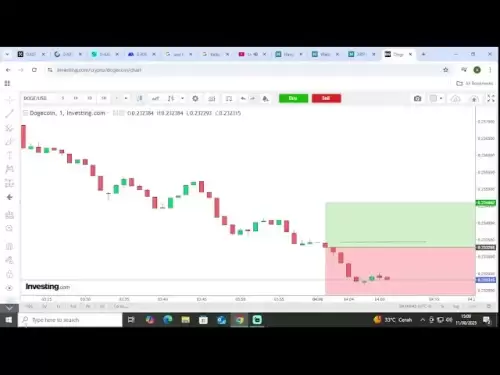-
 Bitcoin
Bitcoin $120300
1.24% -
 Ethereum
Ethereum $4311
2.06% -
 XRP
XRP $3.197
0.16% -
 Tether USDt
Tether USDt $1.000
0.01% -
 BNB
BNB $805.1
0.34% -
 Solana
Solana $179.6
-1.14% -
 USDC
USDC $0.9998
0.00% -
 Dogecoin
Dogecoin $0.2303
-1.21% -
 TRON
TRON $0.3442
1.08% -
 Cardano
Cardano $0.7938
-1.23% -
 Hyperliquid
Hyperliquid $44.55
-0.69% -
 Chainlink
Chainlink $21.81
-2.59% -
 Stellar
Stellar $0.4436
0.05% -
 Sui
Sui $3.728
-3.42% -
 Bitcoin Cash
Bitcoin Cash $586.5
2.00% -
 Hedera
Hedera $0.2530
-2.62% -
 Ethena USDe
Ethena USDe $1.001
-0.02% -
 Avalanche
Avalanche $23.65
-1.46% -
 Litecoin
Litecoin $124.5
-0.71% -
 Toncoin
Toncoin $3.384
1.63% -
 UNUS SED LEO
UNUS SED LEO $9.001
-0.44% -
 Shiba Inu
Shiba Inu $0.00001321
-2.42% -
 Uniswap
Uniswap $10.87
-2.31% -
 Polkadot
Polkadot $3.956
-2.80% -
 Cronos
Cronos $0.1681
4.79% -
 Dai
Dai $1.000
-0.01% -
 Ethena
Ethena $0.8090
1.30% -
 Bitget Token
Bitget Token $4.425
-0.55% -
 Monero
Monero $272.6
3.08% -
 Pepe
Pepe $0.00001169
-2.54%
What might be the problem that Binance leverage trading cannot be closed?
Binance leveraged trades may fail to close due to network congestion, insufficient funds triggering liquidation, platform glitches, incorrect order parameters, pending orders, slippage, Binance's risk management, API issues, account restrictions, or extreme market volatility.
Mar 19, 2025 at 08:15 pm

Key Points:
- Network congestion on the Binance blockchain can prevent order execution, leading to inability to close leveraged positions.
- Insufficient funds in your trading account, including margin calls, can automatically liquidate your position before you can manually close it.
- Technical glitches on the Binance platform, including website or API issues, may temporarily prevent closing trades.
- Incorrect order parameters, such as incorrect order type or quantity, can prevent successful order execution.
- Pending orders that haven't been filled may need to be canceled before attempting to close the position.
- Slippage, where the execution price differs significantly from the expected price, can lead to partial or unsuccessful order closures.
- Binance's risk management system may automatically close your position if it reaches a predefined liquidation level.
What might be the problem that Binance leverage trading cannot be closed?
Binance leverage trading, while offering amplified returns, carries inherent risks. The inability to close a leveraged position can stem from several factors, often leading to significant losses. Let's explore these potential issues in detail.
1. Network Congestion:
Binance, like other major cryptocurrency exchanges, experiences periods of high network congestion. During these times, the transaction confirmation process slows down, potentially preventing you from closing your leveraged position even if you place the order successfully. This is particularly true during periods of high market volatility or major news events impacting the crypto market.
2. Insufficient Funds/Margin Calls:
Leveraged trading requires sufficient funds in your margin account to cover potential losses. If your position moves against you significantly, you may receive a margin call. This means your available margin is insufficient to maintain the position. Binance may automatically liquidate your position to prevent further losses before you have a chance to manually close it. Monitoring your margin levels constantly is crucial.
3. Technical Glitches on the Binance Platform:
Binance, despite its size, is not immune to technical glitches. Website outages, API issues, or temporary malfunctions can prevent you from accessing your trading account or executing orders, making it impossible to close your leveraged position. Checking the Binance status page for any reported issues is essential.
4. Incorrect Order Parameters:
Entering incorrect order parameters, such as the wrong order type (e.g., limit instead of market), the wrong quantity, or an incorrect price, can prevent your order from executing. Double-checking all parameters before placing the order is vital to avoid this problem.
5. Pending Orders:
If you have previously placed a pending order (like a limit order) to close your position, but it hasn't been filled due to market conditions, you will need to cancel that pending order before placing a new one. Review your open orders to ensure no conflicts exist.
6. Slippage:
Slippage occurs when the actual execution price of your order differs significantly from the price you expected. In volatile markets, slippage can lead to a partial fill or a complete failure to close your position, resulting in an open position with a worse price than anticipated. Market orders are particularly susceptible to slippage.
7. Binance's Risk Management System:
Binance employs a risk management system to protect both the platform and its users. This system may automatically close your leveraged position if it reaches a predefined liquidation level, even if you haven't attempted to close it manually. Understanding Binance's liquidation parameters is crucial for managing risk effectively.
8. API Issues (for Automated Trading):
If you are using APIs for automated trading, problems with your API connection or code errors can prevent you from closing your position. Ensure your API is functioning correctly and your trading bot's logic is sound.
9. Account Restrictions:
In some cases, Binance might temporarily restrict your account due to security concerns or violations of their terms of service. This restriction could prevent you from closing your leveraged positions. Review your account status for any notifications or restrictions.
10. High Volatility and Market Conditions:
Extreme market volatility can overwhelm the system, causing delays or failures in order execution. During periods of extreme price swings, it might be difficult or impossible to close a position at the desired price.
Common Questions:
Q: My Binance leveraged position won't close, and I'm losing money. What should I do?
A: Immediately contact Binance support. Explain the situation and provide all relevant details, including screenshots. Assess your margin levels and consider if you can add more funds to cover potential losses.
Q: Can I prevent my leveraged position from being automatically closed by Binance?
A: You can't entirely prevent automatic liquidation, but you can minimize the risk by maintaining sufficient margin in your account and carefully monitoring your position's performance, especially during volatile market conditions. Understanding Binance's liquidation parameters is essential.
Q: What are the implications of not being able to close a Binance leveraged position?
A: The main implication is significant financial loss. The longer the position remains open and moves against you, the greater your losses will be. In extreme cases, this could lead to the complete loss of your initial investment.
Q: Is there a way to force-close a leveraged position on Binance?
A: While there's no "force-close" button, placing a market order to close the position is generally the most effective method. If that fails, contact Binance support immediately.
Disclaimer:info@kdj.com
The information provided is not trading advice. kdj.com does not assume any responsibility for any investments made based on the information provided in this article. Cryptocurrencies are highly volatile and it is highly recommended that you invest with caution after thorough research!
If you believe that the content used on this website infringes your copyright, please contact us immediately (info@kdj.com) and we will delete it promptly.
- Token Security, Agentic AI, Cybersecurity Guide: Navigating the New Frontier
- 2025-08-11 23:00:12
- Crypto Investments: Riding the Meme Wave with Layer Brett and Dogecoin
- 2025-08-11 23:00:12
- Nexchain, Crypto Presales, and Bitcoin Volumes: What's the Buzz?
- 2025-08-11 23:10:13
- Ethereum Treasury, Bitcoin, and Michael Saylor: A NYC Take on the Crypto Landscape
- 2025-08-11 23:10:13
- Pumpfun vs. Pepe Dollar: The Meme Coin Arena Heats Up
- 2025-08-11 23:10:14
- Altcoins Primed for a Bull Run: Investment Gains in the Making
- 2025-08-11 23:10:14
Related knowledge
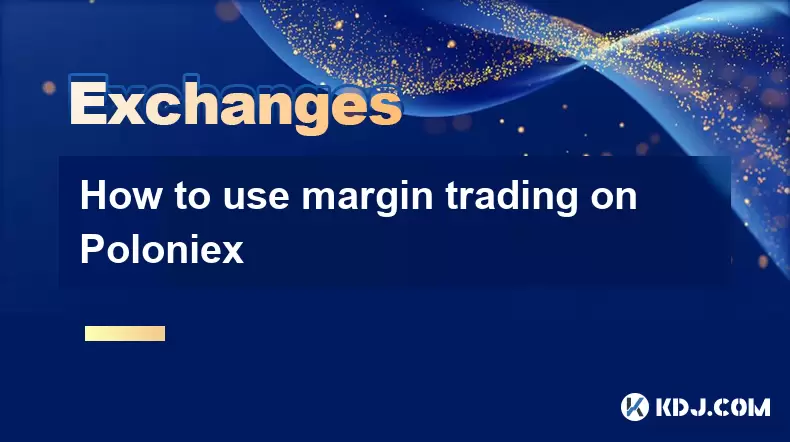
How to use margin trading on Poloniex
Aug 08,2025 at 09:50am
Understanding Margin Trading on Poloniex
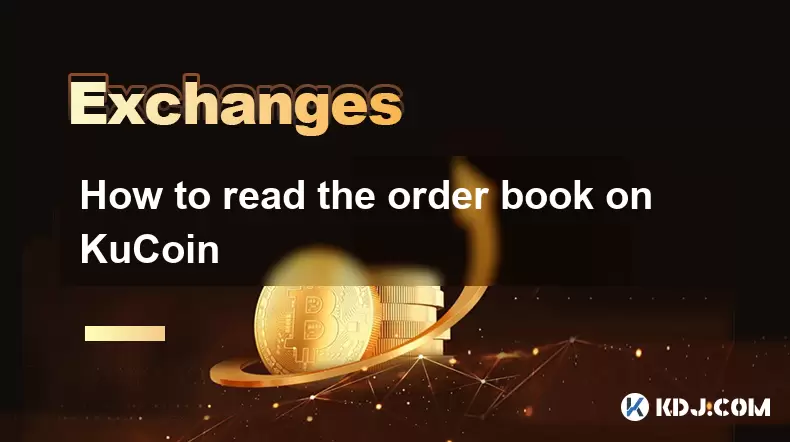
How to read the order book on KuCoin
Aug 10,2025 at 03:21pm
Understanding the Order Book Interface on KuCoinWhen accessing the order book on KuCoin, users are presented with a real-time display of buy and sell ...
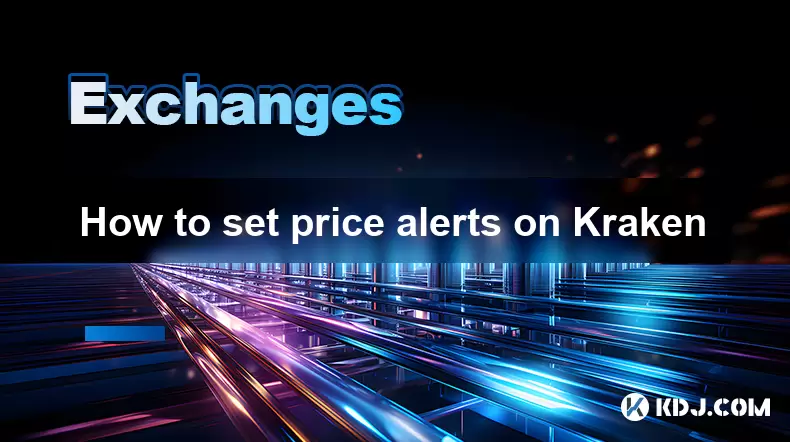
How to set price alerts on Kraken
Aug 11,2025 at 08:49pm
Understanding Price Alerts on KrakenPrice alerts on Kraken are tools that allow traders to monitor specific cryptocurrency pairs for price movements. ...
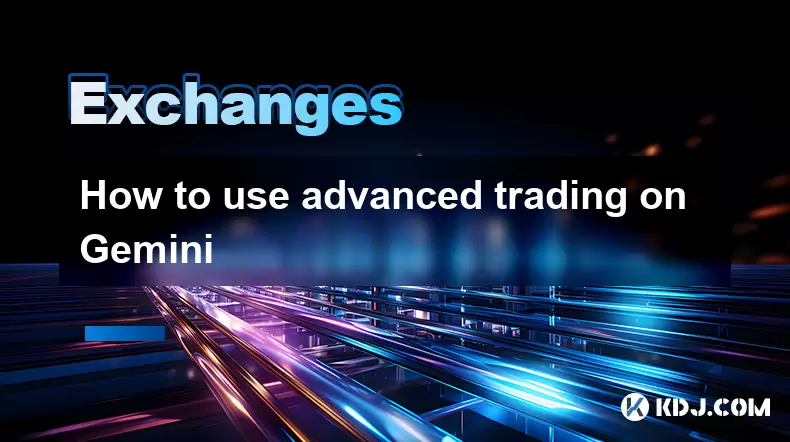
How to use advanced trading on Gemini
Aug 08,2025 at 04:07am
Understanding Advanced Trading on GeminiAdvanced trading on Gemini refers to a suite of tools and order types designed for experienced traders who wan...

How to use advanced trading on Gemini
Aug 08,2025 at 10:56pm
Understanding Advanced Trading on GeminiAdvanced trading on Gemini refers to the suite of tools and order types available on the Gemini ActiveTrader p...
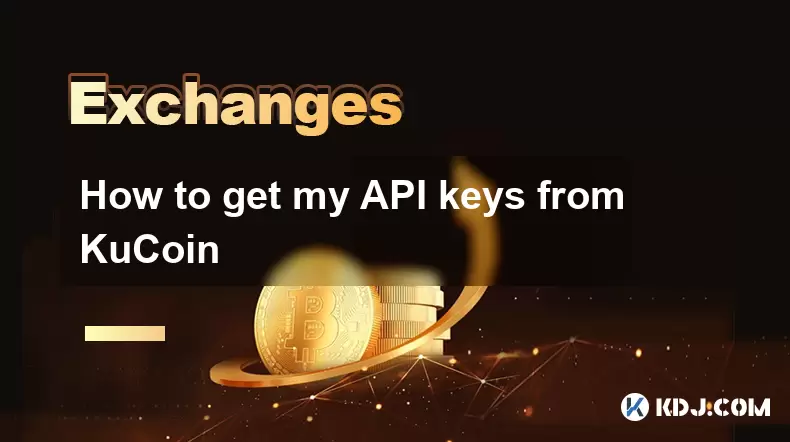
How to get my API keys from KuCoin
Aug 08,2025 at 06:50pm
Understanding API Keys on KuCoinAPI keys are essential tools for users who want to interact with KuCoin's trading platform programmatically. These key...

How to use margin trading on Poloniex
Aug 08,2025 at 09:50am
Understanding Margin Trading on Poloniex

How to read the order book on KuCoin
Aug 10,2025 at 03:21pm
Understanding the Order Book Interface on KuCoinWhen accessing the order book on KuCoin, users are presented with a real-time display of buy and sell ...

How to set price alerts on Kraken
Aug 11,2025 at 08:49pm
Understanding Price Alerts on KrakenPrice alerts on Kraken are tools that allow traders to monitor specific cryptocurrency pairs for price movements. ...

How to use advanced trading on Gemini
Aug 08,2025 at 04:07am
Understanding Advanced Trading on GeminiAdvanced trading on Gemini refers to a suite of tools and order types designed for experienced traders who wan...

How to use advanced trading on Gemini
Aug 08,2025 at 10:56pm
Understanding Advanced Trading on GeminiAdvanced trading on Gemini refers to the suite of tools and order types available on the Gemini ActiveTrader p...

How to get my API keys from KuCoin
Aug 08,2025 at 06:50pm
Understanding API Keys on KuCoinAPI keys are essential tools for users who want to interact with KuCoin's trading platform programmatically. These key...
See all articles























